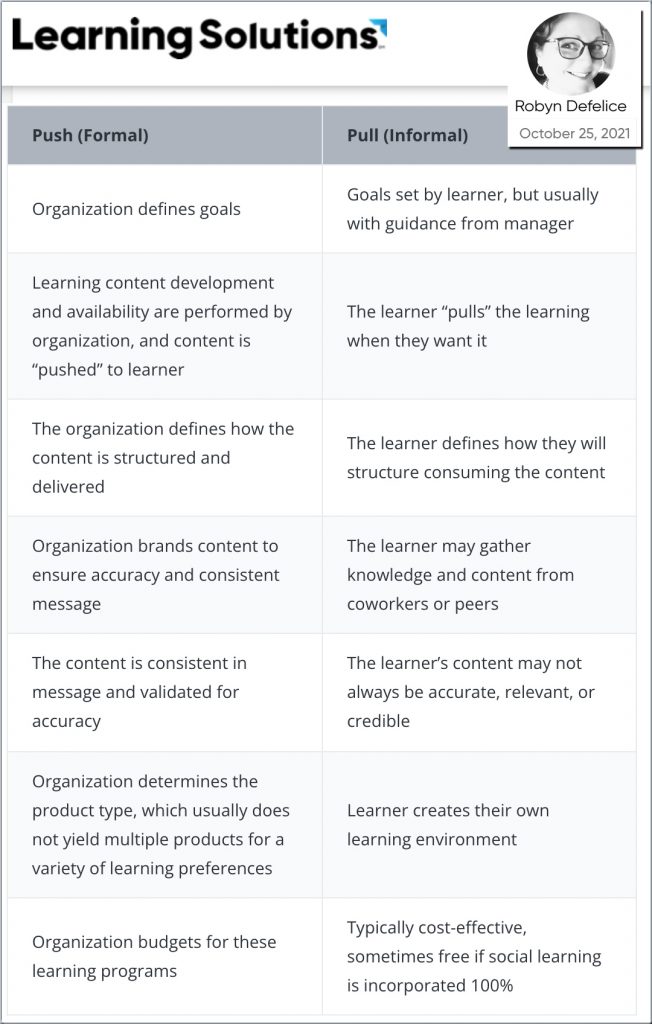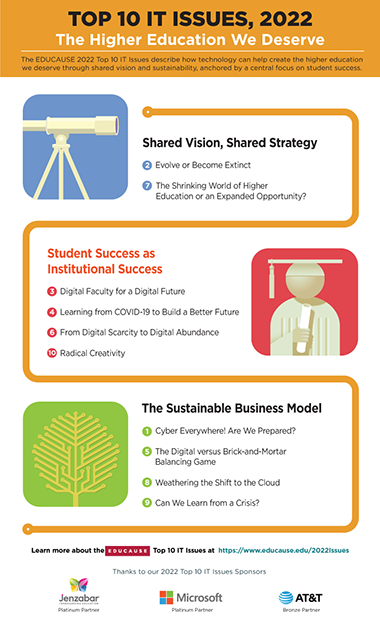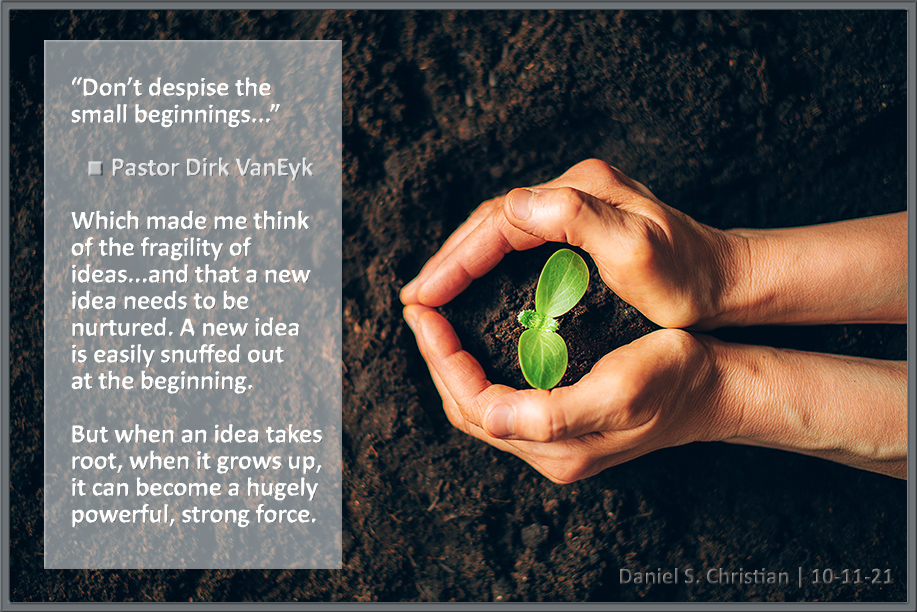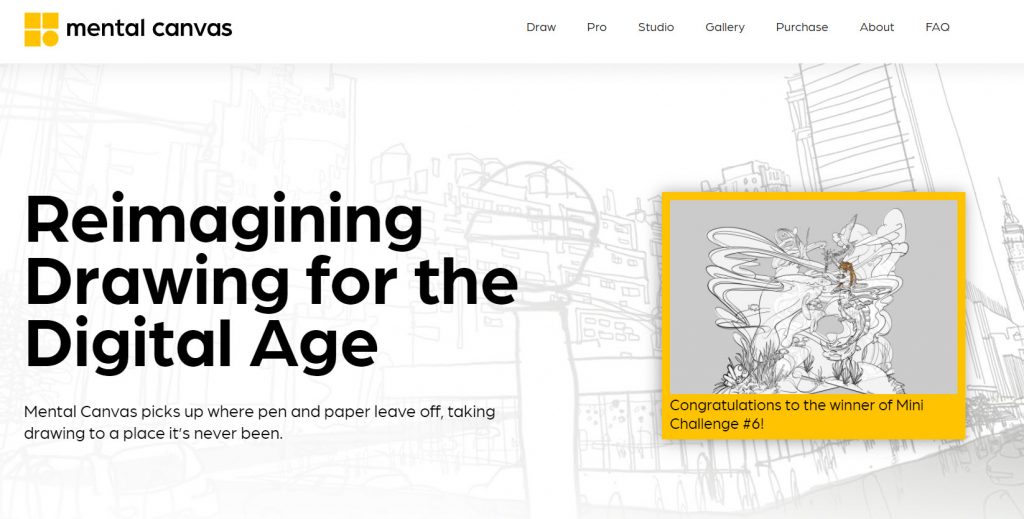EduMAX 2021 recap: Together for student success around the globe — from blog.adobe.com by Sebastian Distefano
Excerpt:
University CIOs, deans, provosts, faculty and staff from more than 100 institutions convened online for the Adobe EduMAX 2021 conference, where academic leaders shared how they are transforming teaching and learning practices across their campuses. Key discussion points included:
- How digital literacy increases engagement to bring faculty and students together, whether they are in-person, online or in a hybrid environment.
- How digital literacy closes the skills gap in higher education and industry by fostering critical essential skills that employers value.
- How faculty can integrate digital literacy across the curriculum for all students.
















